Collections in this Category
-
-37%
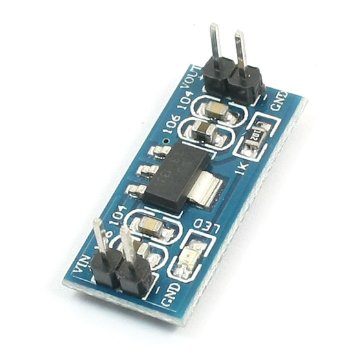

AMS1117 3.3V Power Supply Module
Regular price Rs. 19Regular priceUnit price perRs. 30Sale price Rs. 19Incl. GST (No Hidden Charges)Sale -
-35%
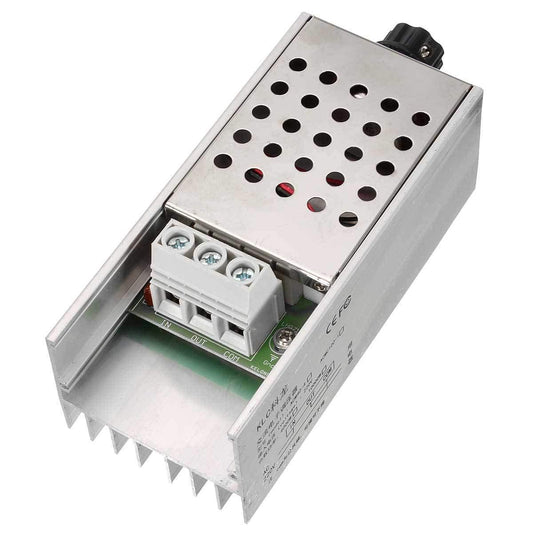
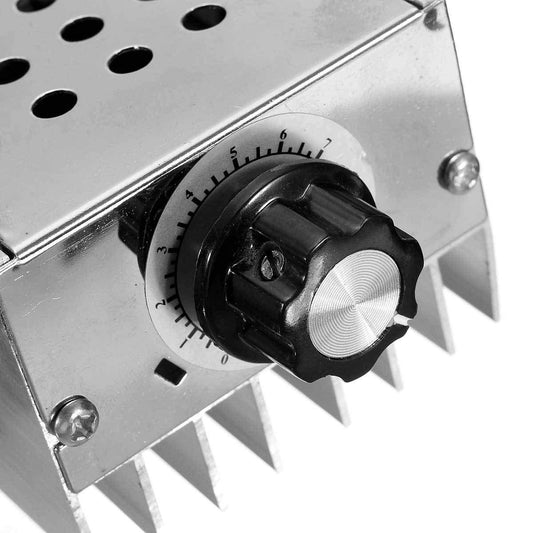
220V 10000W SCR Voltage Regulator
Regular price Rs. 714Regular priceUnit price perRs. 1,099Sale price Rs. 714Incl. GST (No Hidden Charges)Sale -
-18%
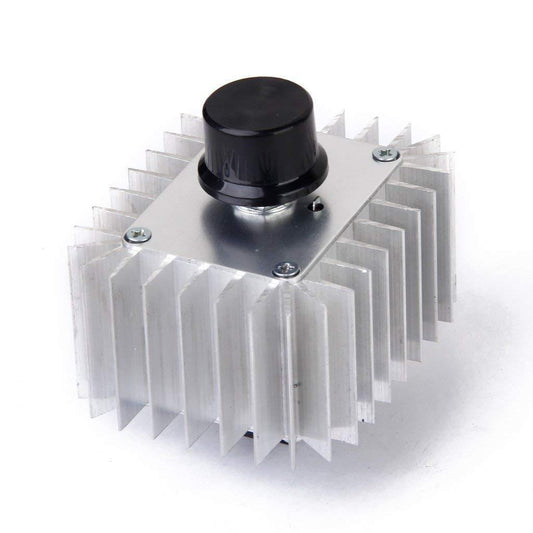
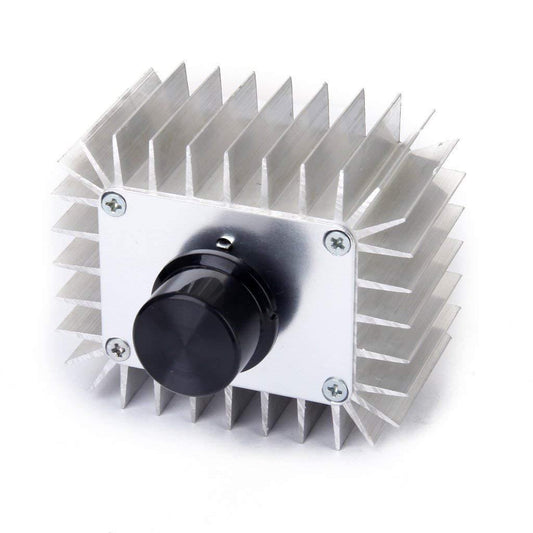
220V 5000W SCR Voltage Regulator
Regular price Rs. 409Regular priceUnit price perRs. 499Sale price Rs. 409Incl. GST (No Hidden Charges)Sale -
-20%
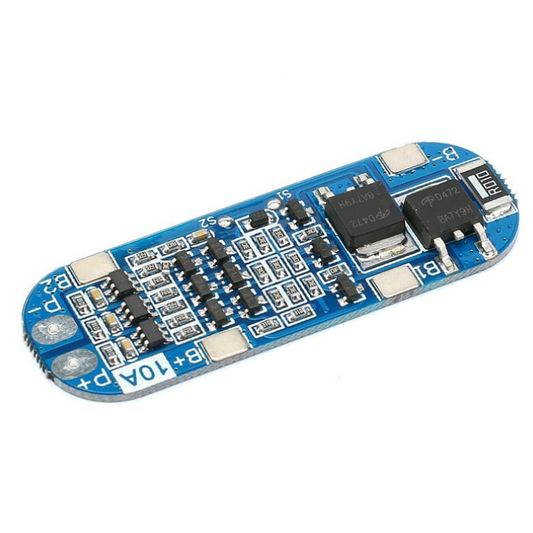
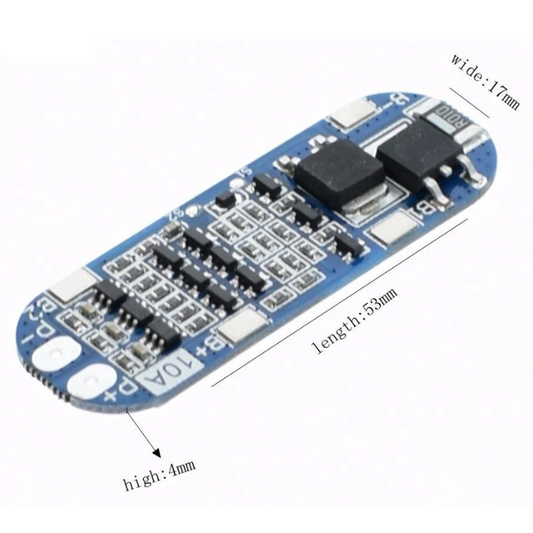
18650 12V 10A Lithium Protection Board
Regular price Rs. 63Regular priceUnit price perRs. 79Sale price Rs. 63Incl. GST (No Hidden Charges)Sale -
-38%
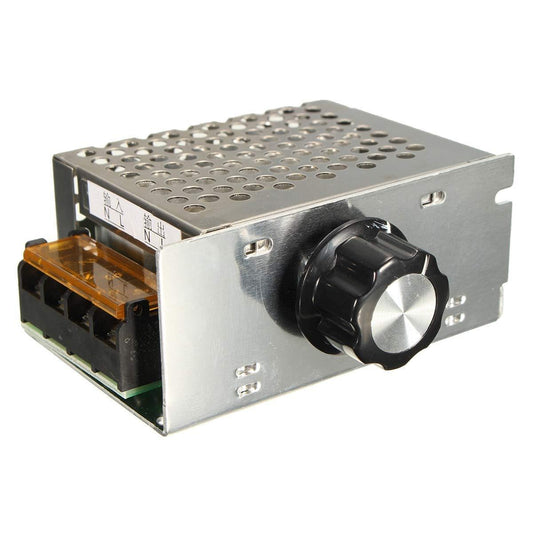
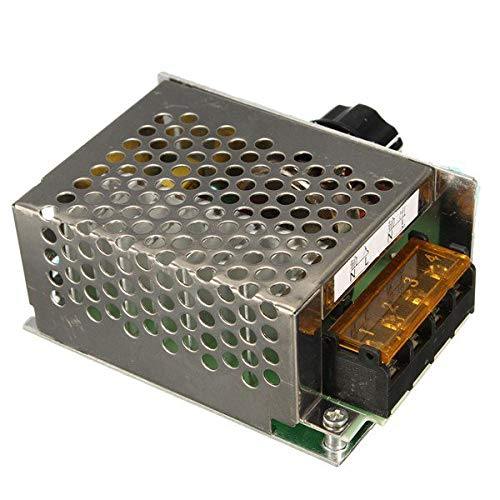
220V 4000W SCR Voltage Regulator
Regular price Rs. 245Regular priceUnit price perRs. 392Sale price Rs. 245Incl. GST (No Hidden Charges)Sale -
-31%
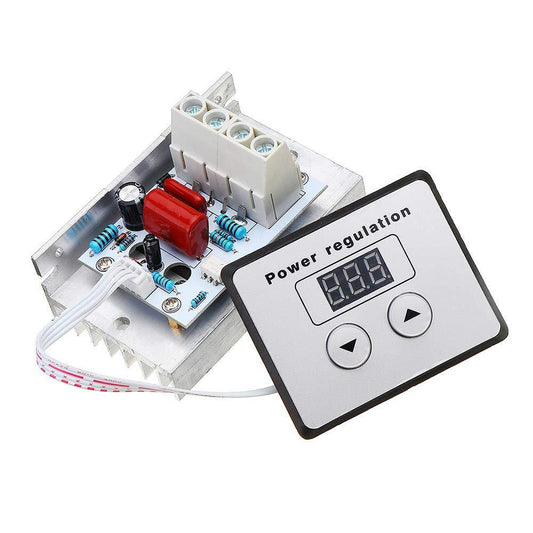
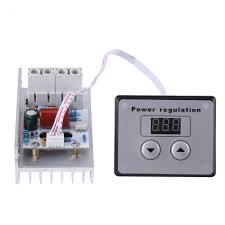
AC 220V 10000W 80A Digital Control SCR Electronic Voltage Regulator 10-220V Speed Control Dimmer Thermostat + Digital Meter(6.8)
Regular price Rs. 760Regular priceUnit price perRs. 1,099Sale price Rs. 760Incl. GST (No Hidden Charges)Sold out
Buy Voltage Regulators Online at Best Price in India
A voltage regulator is a system or component that keeps a consistent voltage output despite alterations in input voltage or load conditions. It can be constructed with either an electromechanical mechanism or electronic components and can be designed with a straightforward feed-forward or negative feedback system. These are frequently employed in power supply units to ensure a stable voltage supply. Transistor regulators and commercial voltage regulators are among the various kinds of voltage regulators. These can also be obtained as components for different applications, like DC voltage reducers.
Voltage regulator circuit
Voltage regulators in a circuit form are represented as voltage regulator circuits. They keep voltage within a certain range and are compatible with other electronic components.
Voltage regulator circuit types
1. Linear Voltage Regulator Circuit:
A high-gain operational amplifier regulates an active pass device (such a BJT or MOSFET) used in a linear voltage regulator. The linear regulator adjusts the pass device resistance by comparing the internal voltage reference to the sampled output voltage and then driving the error to zero in order to maintain a constant output voltage. Linear regulator voltage circuits are examples of step down converters. Hence the output voltage is always less than the input voltage.
read more : DUAL POWER SUPPLY: CONSTRUCTION AND WORKING
2. Switching Regulator:
They are more versatile than linear regulators, they can be used as step up or step down or both step up and step down converter. These switching regulators are highly efficient, and they can support higher current and have wider Vin and Vout applications. This voltage regulator circuit can achieve more than 95% efficiency depending on the application requirements.
If you are looking for voltage regulator prices in India, you must check out the range of regulators above. At Robocraze, we offer the best voltage controller price in the market. Check out the price of voltage regulators below.
Voltage Regulator Prices in India
| Types of Voltage Regulator | Price |
| Rs. 714/- | |
| Rs. 328/- | |
| Rs. 820/- | |
| Rs.21/- |
FAQ’s
1. Which voltage regulator is best?
To choose a good voltage regulator or the best one for your project, you need to consider the following factors.
- Input and output voltage
- Drop out voltage
- Select if you are using a linear regulator or switching regulator.
- Device sensitivity
- Your response time
- Power draw
2. What voltage regulator do I need?
Start by presuming a linear regulator can be utilized if the input voltage is higher than the output voltage when choosing a voltage regulator for your system. Use a buck switching regulator only if doing so wastes too much power. Use a boost switching regulator if you need an output voltage that is higher than the input voltage.
3. What is a voltage regulator do?
A voltage regulator maintains power source voltage within limits to power electronics. It prevents voltage fluctuations that can damage or destroy devices. Linear voltage regulators are simple, but can only lower output voltage, while switching voltage regulators are more efficient and can step up or down the input voltage. They are widely used in vehicles and electronic devices to protect them from voltage fluctuations. Overall, voltage regulators are crucial to ensure stable and regulated output voltage for electronics.
4. What is voltage regulator and its types?
A voltage regulator maintains a stable output voltage for electronic devices and protects them from voltage fluctuations. Two types of voltage regulators are available: linear and switching. Linear regulators are simple but less efficient, and can only step down the input voltage. Switching regulators are more complex but efficient, and can step up or down the input voltage. Buck regulators step down, boost regulators step up, and buck-boost regulators can do both. Choosing the right type of regulator depends on the application's specific requirements.
5. What is the main advantage of using a voltage regulator?
A voltage regulator provides a stable and consistent voltage level to protect electronic devices from voltage fluctuations that can cause damage. It improves circuit efficiency and ensures proper functioning, making devices more reliable and durable.
6. Does voltage regulator save electricity?
A voltage regulator alone doesn't save electricity but helps protect electronic devices. Combining a voltage regulator with energy-efficient components like switching regulators can save power by reducing power loss. It can also be used with power management software for additional energy savings. In summary, a voltage regulator combined with energy-efficient components and techniques can contribute to energy savings.
7. How big of a voltage regulator do I need?
With fixed regulators, a wide variety of output voltages from 3.3V to 24V is accessible, including pleasant values like 5V, 6V, 9V, 15V, and 18V. This series of regulators works well for the majority of applications; depending on the packaging, they can handle input voltages of up to almost 30V and output currents of up to 1A.
Related Searches
Lipo Battery | Li-Ion Battery | Lipo Battery Connector | AC to DC Converter | Power Adapter | HILINK Power Module | SMPS Power Supply | Buck Boost Converter
Popular Searches
M5Stack | Development Boards | DIY Kits | 3D Printers/Pens | IOT & Wireless | Sensors | Drone Parts | Motors & Mechanical | Displays | Tools & Instruments | Cables & Connectors | Prototyping & Misc | Motor Drivers | Heat Sink
- Choosing a selection results in a full page refresh.
- Opens in a new window.













